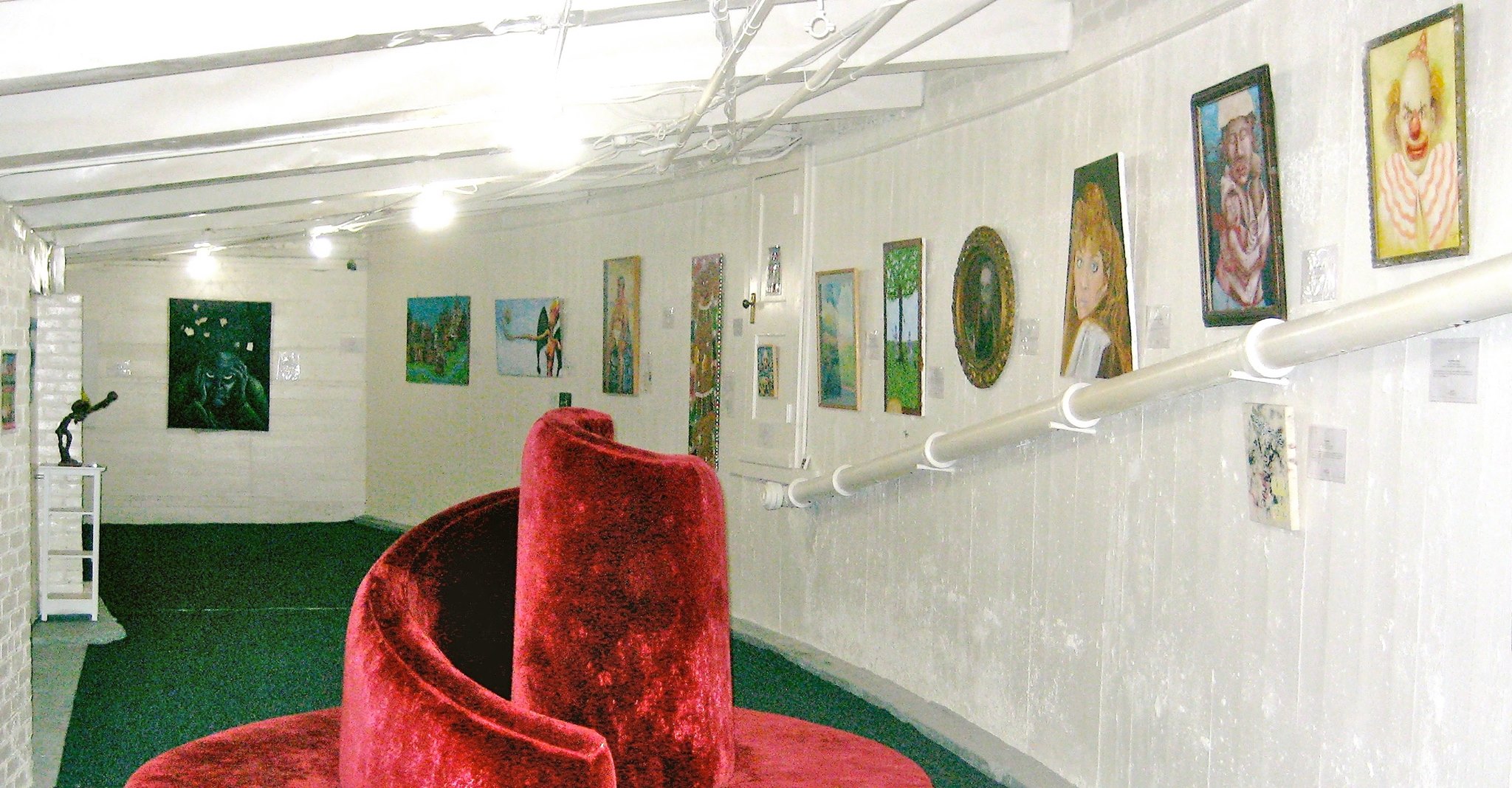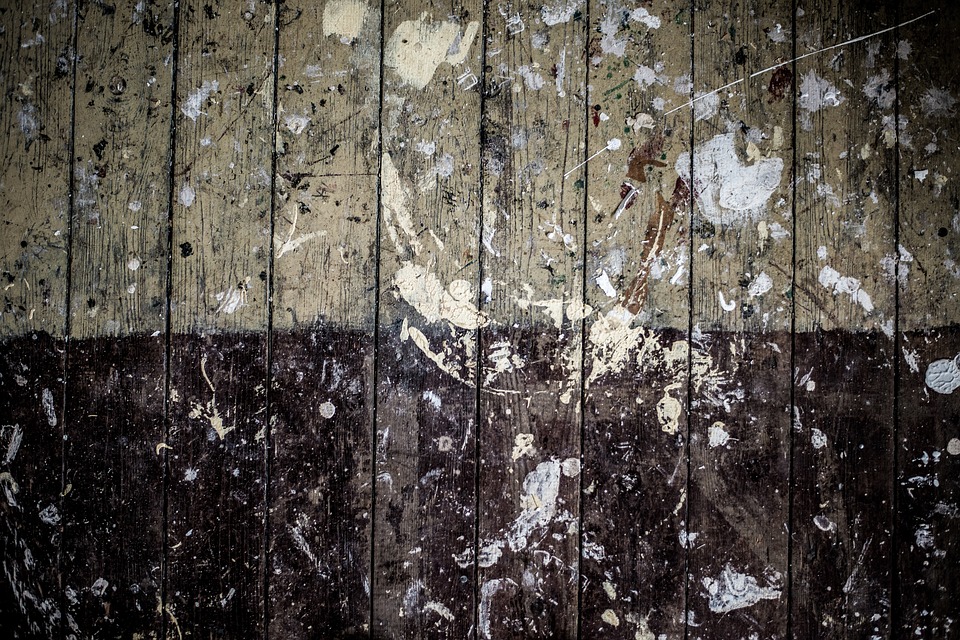On a muggy morning in Boston, I made my way to the Copley Place Mall to learn about how “weirdness” might be able to help me be a better content marketer.

I headed up to the seventh floor of the Wayfair office in Copley Place, and in a large corner of a break room, past a maze of ping pong tables and latte machines and a neat array of Knoll Tulip Table lookalikes, I skewered myself some artisan donut holes and grabbed a paper cup of coffee. Today’s installment of CreativeMorning’s monthly lecture series featured Michael Frank, the curator-in-chief at The Museum of Bad Art in Somerville, Mass.
Be creative: Leverage the ‘weirdness’ in your brand
Whether you want to satirize mainstream media’s “non-news,” “reinterpret” the Mona Lisa, or simply get your readers to find your brand’s content, sometimes the best approach to content marketing is the weirdest. This is our friendly Friday reminder to embrace the strangeness: There are no boring topics, only boring writers. And in the content marketing world, this is crucial to remember.
If your brand doesn’t lend itself to the bizarre, you can still be bold, and even catch people off-guard without resorting to MOBA-level strangeness. A strong team of creative content strategists and expert content writers can turn bland topics into exciting blogs by researching what target audiences like to read or watch.

Do you work for a travel agency? I’d love to read about the “7 most amazing treehouse hotels in the world.” Paper manufacturer? How about “From Han Dynasty to Papyrus to Gutenburg: How paper changed how humans think.” Picture-framing service? Try “13 of the world’s ugliest paintings that even the best frames can’t fix.” Readers are more likely to click on headlines for blogs they think they actually might enjoy, and the stranger your piece, the more likely it will resonate with their own unique personality.
Someone out there wants to find you
There’s art for everyone – the trick is finding the right audience. For Michael Frank, it’s obvious that all “bad art,” like targeted content, needs a specific and planned distribution strategy. The art in his museums is often first found in the trash, in local thrift stores or even on the side of the road. From there, he exhibits the pieces in one of his three MOBA spaces around the Boston area, where people from all of the country flock to gawk (and admire).
Not only has Frank found the perfect places to permanently house his curation (in the basement of an art house movie theater, at a wildlife center and next to a high school), but he also keeps his ear to the ground for other exhibit opportunities. He bases his decisions on audience persona research and demographic data. Interesting venues in art-appreciating cities, where he figures he can mobilize an audience, are his bread and butter. Art that might have been (rightfully) trashed at a school, gallery or store, instead finds itself in front of thousands of pairs of eyes with the proper distribution along the right channels.

Frank has opened pop-up exhibits in a car wash, at a bowling alley and in a Cape Cod campground. He struck gold when he exhibited his curation at a popular Taipei museum, where international fans even dressed up like subjects in some of the works in the museum.
Someone out there in the world is ready to do the same for your content. You just need to find them. Take a chance, keep your eyes and ears open for researching trends, and get weird.



